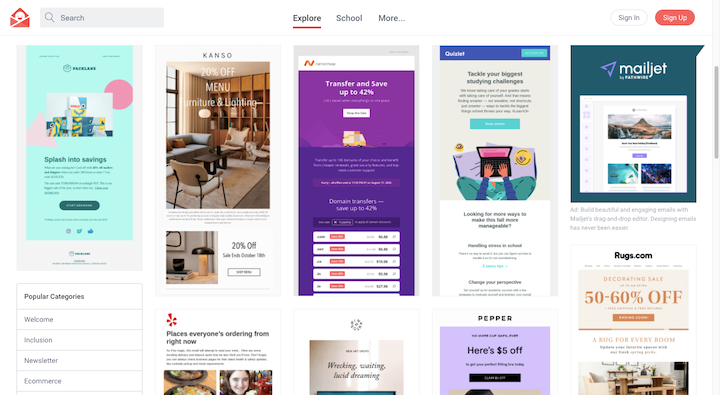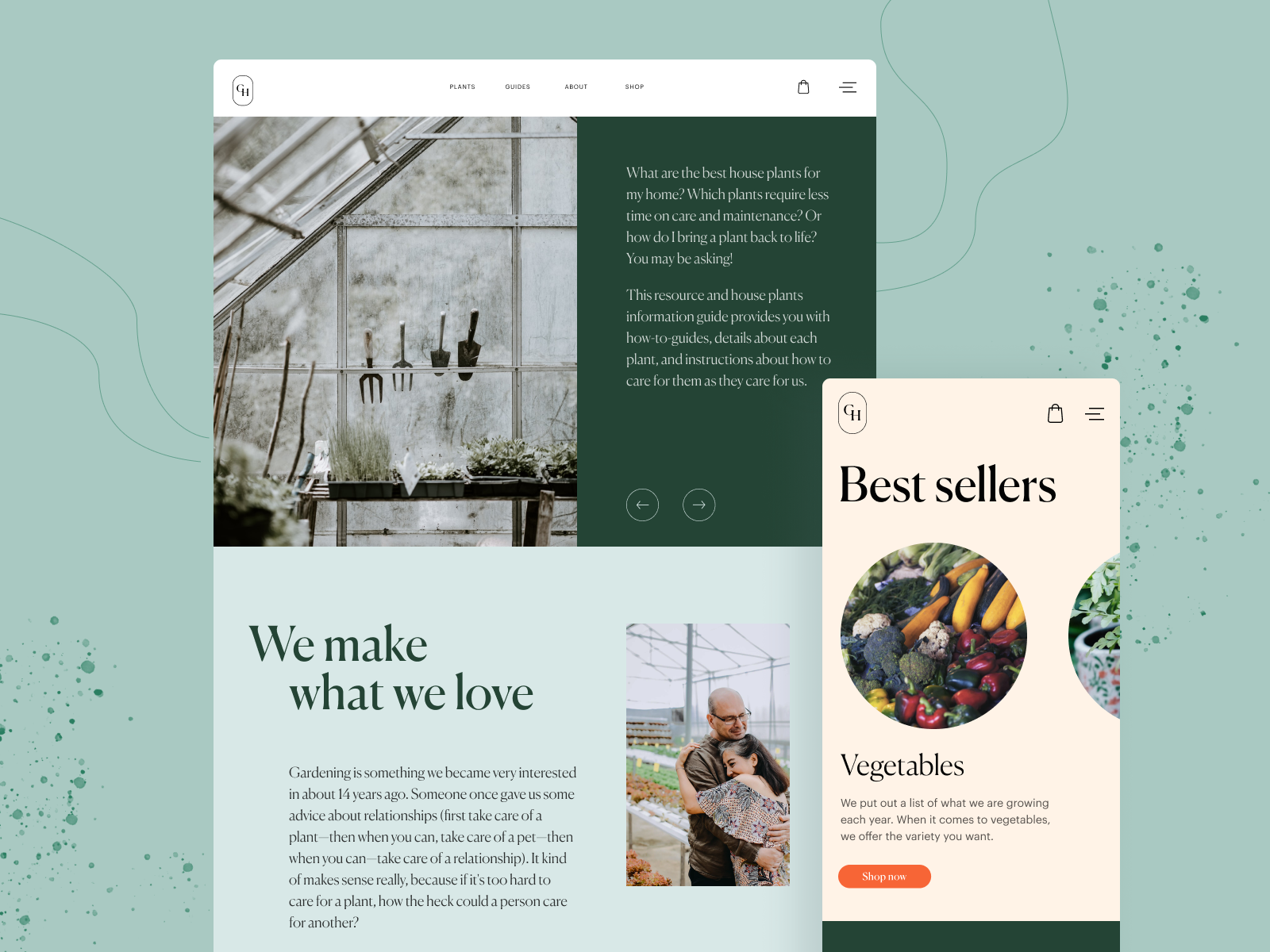The Importance of Mobile-Friendly Website Design
The Importance of Mobile-Friendly Website Design
Blog Article
Boost Interaction With Ingenious Internet Site Style Solutions
An attentively crafted customer experience, underpinned by tactical aesthetic style and interactive components, can dramatically enhance user involvement. By exploring numerous techniques such as receptive design and individualized web content, services can create a platform that not only mesmerizes users but likewise cultivates long-term commitment.

Comprehending Customer Experience
Recognizing individual experience (UX) is crucial for developing efficient web site layout remedies, as it directly affects how customers interact with electronic systems. A comprehensive UX approach incorporates different components, including user, functionality, and ease of access contentment, every one of which add to the overall effectiveness of an internet site.
To start with, functionality focuses on exactly how quickly customers can browse and discover the information they look for - website design. A well-structured design, intuitive navigation, and clear contact us to action are basic components that improve functionality. Availability makes certain that all individuals, including those with handicaps, can properly engage with the internet site. This involves making material that is compliant with ease of access standards and can be easily accessed utilizing assistive innovations.
In addition, comprehending individual personalities is crucial for customizing the experience to meet certain target market needs. By carrying out individual research study and testing, developers can collect insights that inform style choices, making certain the website not just meets visual objectives yet likewise satisfies functional requirements. Eventually, a thoughtful method to UX layout cultivates engagement, encourages retention, and enhances total individual complete satisfaction, which are essential for the success of any kind of electronic system.
Visual Layout Methods
Integrating efficient aesthetic design methods is crucial for capturing individual interest and enhancing the general individual experience on a site. A well-balanced visual hierarchy guides users through the content, allowing them to easily soak up and browse information. This can be achieved via the critical usage of typography, color design, and spacing, which jointly produce a appealing and natural design.
Color plays a pivotal duty in evoking emotions and developing brand name identification. Utilizing a balanced shade scheme that straightens with the brand name's ethos can foster experience and depend on. Additionally, integrating top quality pictures and graphics enhances visual allure and can considerably boost user interaction.
Whitespace, typically ignored, is just as crucial as it permits material to take a breath and avoids overwhelming users with mess. It assists in much easier reading and understanding, causing a more enjoyable browsing experience.
Last but not least, consistency in design elements-- such as switch font styles, icons, and designs-- guarantees a seamless user trip, reinforcing the brand name's expertise. By strategically applying these visual design techniques, web sites can not just bring in visitors but also encourage them to stay longer and engage even more deeply with the web content.
Interactive Components for Interaction
Involving users successfully commonly hinges on the implementation of interactive elements that welcome participation and promote a vibrant surfing experience. These components, including tests, surveys, and interactive infographics, urge customers to proactively participate instead than passively eat web content. By incorporating such features, sites can not only record interest yet also improve customer retention.

Gamification is an additional effective technique. Integrating game-like elements, such as accomplishments or incentives for finishing jobs, can change mundane communications right into delightful experiences. Learn More Here This strategy not only improves interaction however additionally urges customers to return, producing a dedicated audience.
Moreover, interactive aspects can help with social sharing, amplifying a website's reach. browse this site Attributes like comment sections, share buttons, and user-generated web content areas foster area communication, turning site visitors right into active individuals. website design. Inevitably, the calculated usage of interactive components is important for developing a compelling and interesting web site that reverberates with individuals
Flexible and receptive Layout
A well-designed site needs to focus on adaptive and receptive layout to ensure ideal user experiences across a range of tools and screen sizes. Responsive style uses liquid grids and versatile images, enabling the design to immediately readjust based upon the viewer's screen size. This approach makes sure that customers can conveniently interact and navigate with the material, no matter whether they are using a desktop, tablet computer, or mobile phone.
On the other hand, adaptive layout makes use of predefined designs that are tailored to specific device categories. This indicates that the web site spots the type of gadget being used and serves the appropriate layout, which can improve packing times and maximize the display of essential elements. While both methods intend to improve usability, responsive design is often favored for its fluidness and smooth change between tools.
Incorporating responsive and flexible style not just enhances customer contentment yet likewise favorably affects internet search engine positions. Internet search engine focus on mobile-friendly websites, hence increasing visibility and attracting more site visitors. Spending in these design strategies is critical for organizations looking to engage their target market effectively and maintain an affordable side in today's electronic landscape. website design.
Analyzing Customer Feedback and Information
Individual responses and information analysis are important elements of efficient internet site layout, as they offer useful insights into individual behavior and choices. By methodically gathering and checking out user responses via surveys, use screening, and analytics devices, developers can determine discomfort factors and locations for improvement. This data-driven strategy enables organizations to fine-tune their site elements, ensuring that the user experience aligns with target market assumptions.
Examining metrics such as bounce rates, time on page, and click-through rates offers a quantitative viewpoint on user involvement. These metrics assist designers recognize which content reverberates and which locations may require optimization. A/B testing can be utilized to evaluate variations in style, permitting developers to make educated decisions based on individual communications.
Including customer comments not just boosts site functionality yet also click to read promotes a feeling of area and trust fund. Involving with customers with feedback loopholes cultivates commitment and encourages repeat visits. Eventually, leveraging user feedback and data analysis is important to developing a dynamic, user-centered website that adapts to evolving user demands and preferences, thus driving higher engagement and fulfillment.
Verdict

An attentively crafted customer experience, underpinned by strategic visual style and interactive components, can substantially boost individual interaction.Incorporating effective aesthetic style strategies is essential for recording individual focus and enhancing the overall individual experience on an internet site.Customer feedback and data analysis are crucial elements of reliable website style, as they provide beneficial understandings into customer behavior and preferences. Ultimately, leveraging individual feedback and data evaluation is essential to developing a dynamic, user-centered website that adapts to developing user needs and preferences, thereby driving greater interaction and contentment.
In conclusion, innovative website layout options dramatically improve customer involvement by focusing on customer experience, employing reliable visual techniques, and integrating interactive aspects.
Report this page